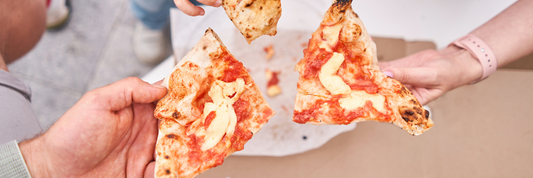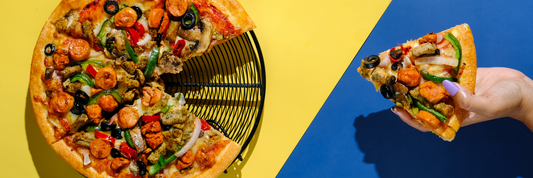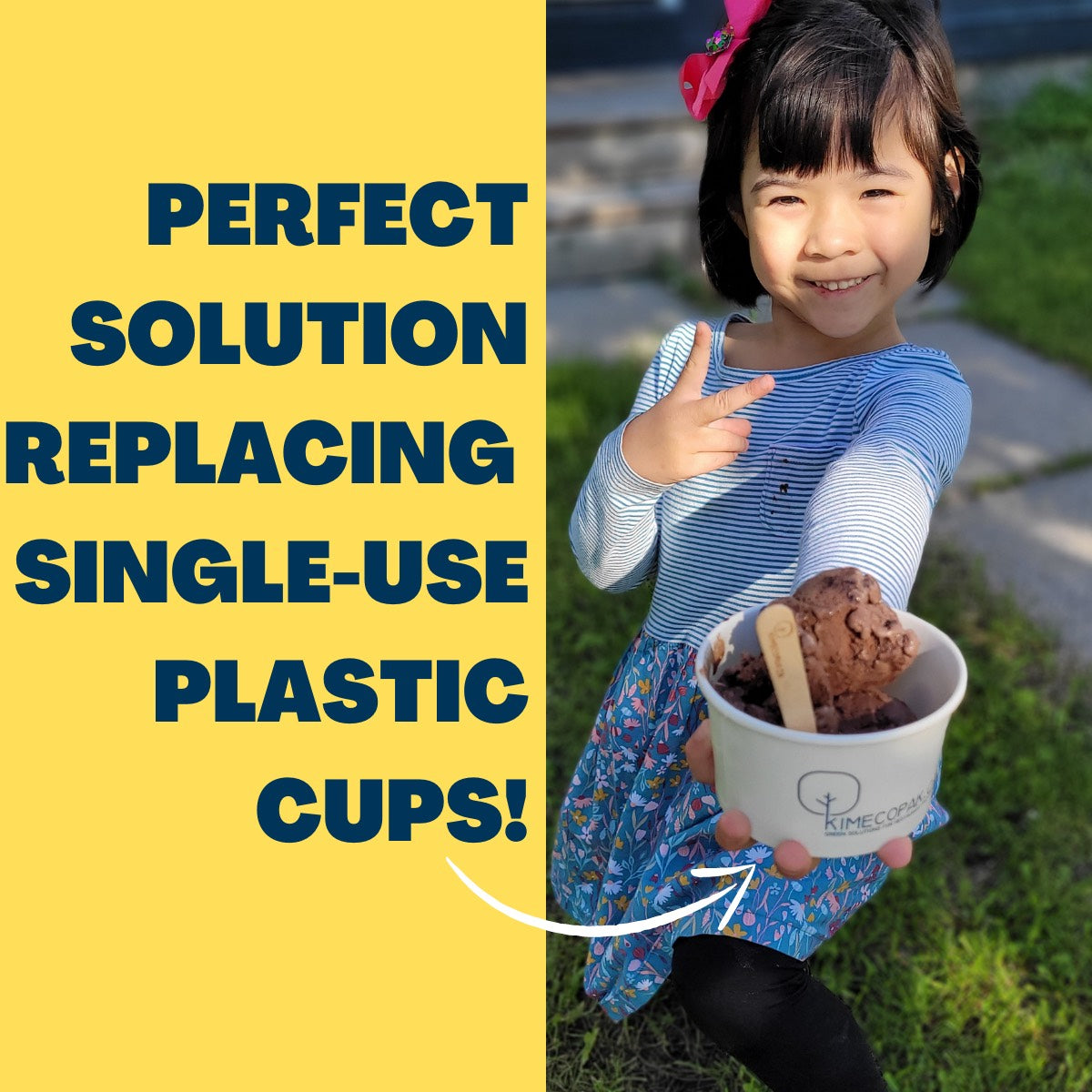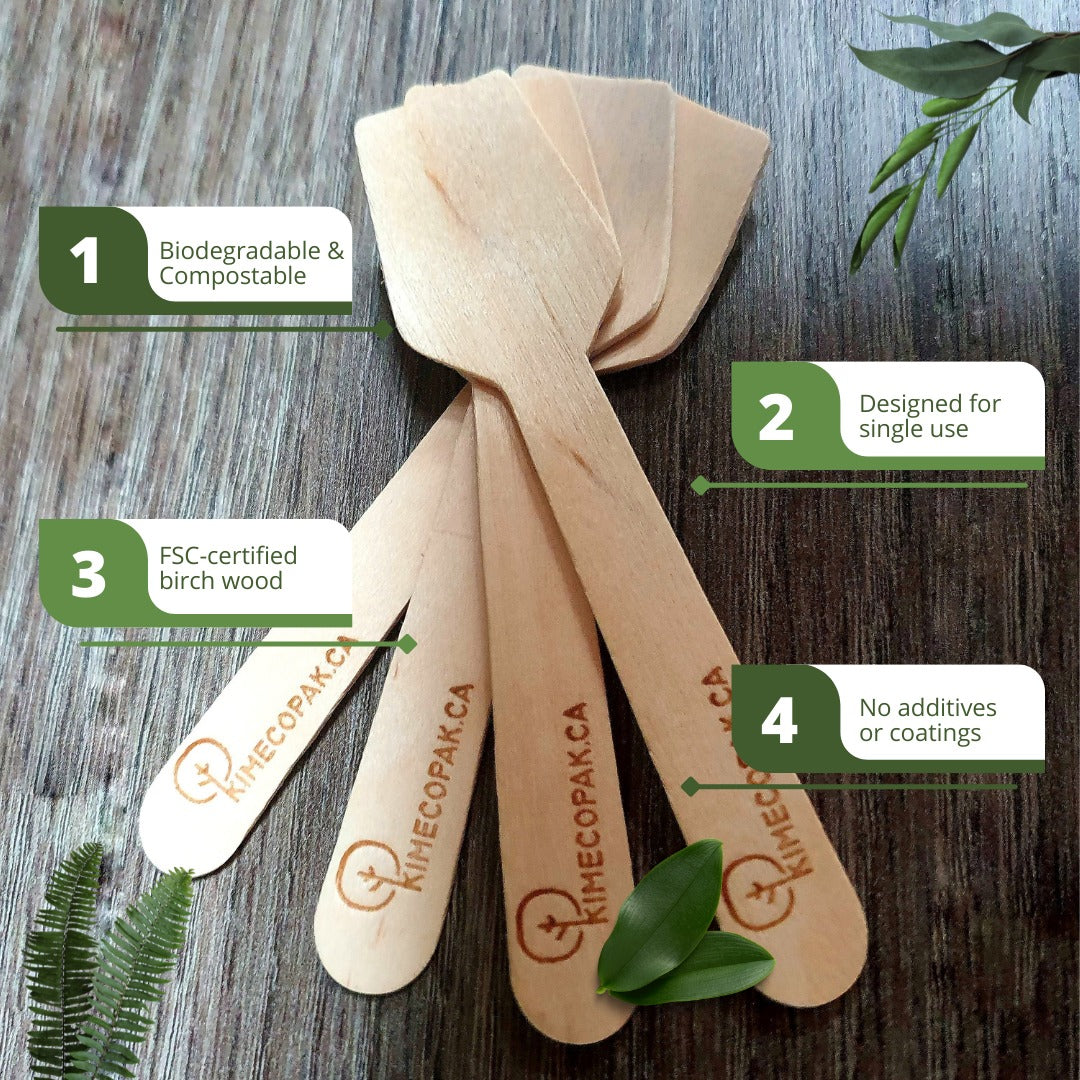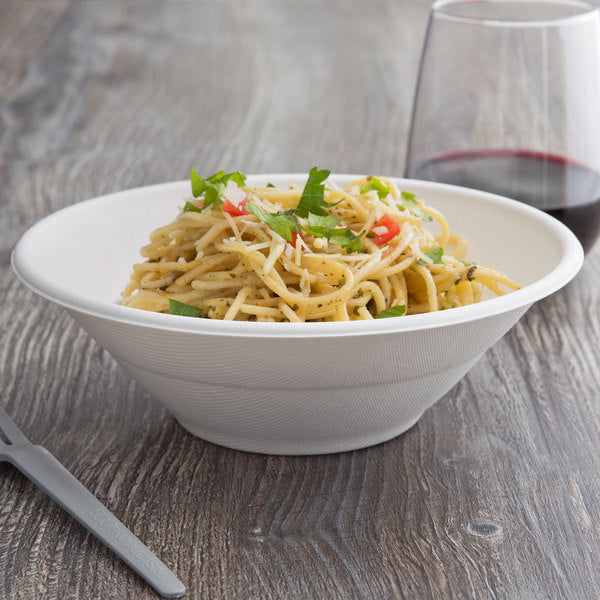Are you wondering how many oz in a cupcake or finding Standard cupcake size? Baking cups are essential tools in the kitchen, providing a convenient and disposable way to bake individual portions of treats like muffins, cupcakes, and more. They come in various sizes, shapes, and materials, each with its own unique advantages and disadvantages. This guide aims to provide you with the essential information needed to choose the right baking cups for your specific baking needs. We'll cover different types, sizes, shapes, and materials to help you make an informed decision.
Different Sizes of Baking Cups
Choosing the right size baking cup is essential for achieving the desired texture, flavor, and appearance of your baked goods. Here's a breakdown of the most common sizes and their ideal applications:
Mini Baking Cups
- Typically measuring around 2-3 inches in diameter and 1-1.5 inches deep.
- These petite cups are perfect for creating bite-sized treats such as mini muffins, cupcakes, and quiches. They're also a popular choice for serving appetizers or desserts in a single-serving format.
- Due to their smaller size, mini baking cups often require shorter baking times and lower temperatures to prevent overcooking. It's essential to monitor your baked goods closely to ensure they are cooked through without drying out.

Standard Baking Cups
- The most common size, typically measuring 2.5-3 inches in diameter and 2-2.5 inches deep.
- Standard baking cups are incredibly versatile and can be used for a wide range of baked goods, including muffins, cupcakes, and even small portions of bread pudding. They're the go-to choice for many home bakers and professionals alike.
- While standard baking cups offer a good balance of size and versatility, it's important to avoid overfilling them. Overfilled cups can lead to overflow and uneven baking.
Large Baking Cups
- Measuring around 3-4 inches in diameter and 2.5-3 inches deep, large baking cups are significantly larger than their standard counterparts.
- These cups are perfect for creating jumbo-sized muffins, cupcakes, and even individual bread puddings. They're also a great option for baking larger portions of desserts that you want to serve in individual servings.
- Baking Considerations: Due to their larger size, large baking cups often require longer baking times and higher temperatures. It's essential to adjust your baking times accordingly to ensure your baked goods are cooked through. Additionally, it's important to avoid overfilling these cups, as it can lead to uneven baking and overflow.
Stypes of Baking Cup
There are several different types of baking cups available, each with its own unique characteristics and uses:
- Muffin Cups: These are the most common type of baking cup, with a round shape and straight sides. They are ideal for baking muffins, cupcakes, and other small treats.
- Cupcake Cups: Similar to muffin cups, but with pleated sides that create a decorative effect. They are often used for cupcakes and other desserts that require a more elegant presentation.
- Ramekin Cups: These are small, shallow bowls that are perfect for baking individual portions of desserts like crème brûlée, soufflés, and individual quiches.
- Specialty Cups: There are a variety of specialty cups available in different shapes and sizes, such as heart-shaped, star-shaped, and animal-shaped cups. These can be used to add a fun and festive touch to your baked goods.
Here is a table comparing these styles of baking cup that might help you:
|
Style |
Shape |
Size |
Ideal Use |
|
Muffin Cup |
Round, straight sides |
Standard |
Muffins, cupcakes, small desserts |
|
Cupcake Cup |
Round, pleated sides |
Standard |
Cupcakes, decorative desserts |
|
Ramekin Cup |
Shallow bowl |
Small |
Individual desserts (crème brûlée, soufflés) |
|
Mini Baking Cup |
Round |
Small |
Bite-sized treats (mini muffins, quiches) |
|
Large Baking Cup |
Round |
Large |
Jumbo muffins, cupcakes, individual bread pudding |
|
Specialty Cups |
Various shapes (heart, star, animal) |
Standard |
Decorative, themed desserts |
Baking Cup Materials
The material of your baking cups can affect how your baked goods look and taste. Here are the most common types and when to use them.
Paper Baking Cups
Paper baking cups are the most common type of baking cup, and they offer several advantages. They are disposable, making them easy to use and clean up after. Paper cups are also generally non-stick, which means your baked goods are less likely to stick to the cup and easier to remove.
However, paper baking cups have some limitations. They may burn at high temperatures, so they are not suitable for baking at very high temperatures. Additionally, paper cups are not reusable, so you'll need to purchase a new set for each batch of baked goods.
Best for: Standard baking temperatures and disposable cups.

Silicone Baking Cups
Silicone baking cups are a reusable option that offers excellent non-stick properties and heat resistance. They are also very flexible, making them easy to remove from the baking sheet after baking.
However, silicone cups can be somewhat delicate, and they may not be as sturdy as paper or metal cups. They may also not provide the same level of crispness on the exterior of your baked goods as paper or metal cups.
Best for: Frequent baking and a reusable option.
Aluminum Baking Cups
Aluminum baking cups are a durable and heat-resistant option that can be reused multiple times. They are also generally non-stick, although they may not be as non-stick as paper or silicone cups.
However, aluminum cups can be somewhat heavy and may not provide the same level of crispness on the exterior of your baked goods as paper or silicone cups. They are also not suitable for baking at very high temperatures.
Best for: High-temperature baking and a reusable metal option.
Glassine Baking Cups
Glassine baking cups are a unique option that offers excellent heat resistance and can be used for both sweet and savory dishes. They are also very thin and translucent, which can create a delicate and elegant presentation for your baked goods.
However, glassine cups are not as sturdy as other materials, and they may not be as easy to remove from the baking sheet after baking. They are also not suitable for baking at very high temperatures.
Best for: Delicate baked goods that require a crisp exterior.

Conclusion
Selecting the right baking cups is crucial for achieving perfect baked goods. Consider size, shape, and material to create delicious and visually appealing treats. Experiment with different types to find your favorites and become a baking cup expert.



